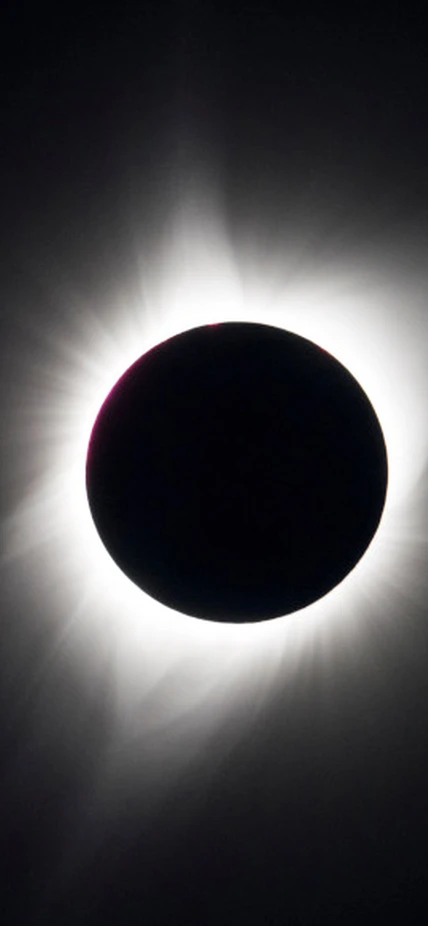Sixteen hours of driving is a lot. That’s how long it took us to drive the 888 miles from Pasadena, California to Mackay, Idaho. But that’s what you do to see an event like the 2017 eclipse. Sure, we could have flown to Sun Valley or Boise, then drive, but we were bringing telescopes and other equipment to the local K-12 public school. We also brought ten Carnegie astronomers and our families to share our love of astronomy with the teachers and families of Mackay.
As we got near the town, we began to see signs of eclipse mania. Several spray-painted signs by the roadside gave phone numbers to call to get a corner of land to camp on. The main road was blocked East and West off the highway for a street fair. Lots of out-of-towners walking the streets. A definite festival feel in the air.
The first task on Monday morning was to check out the skies. It was clear. Yes! That was one major anxiety dealt with. Our Carnegie team was treated to a nice breakfast by the teachers and parents of Mackay’s elementary school.
We had lots of stuff to show the crowd while we waited for the moon and sun to line up. Everything from make-your-own pinhole projectors, to a refractor with an H-alpha filter for seeing the prominences the Sun was so kind to show us even during the “down time” of solar minimum. I brought the pinhole projector I’d made for the transit of Venus and was so happy with how well it worked for partial eclipses (it was very tough to see the transit). We even set up a station so kids and adults could “bejewel” their eclipse glasses.
A few weeks before we left for Mackay, my contact at the school let me know that they had an 8-inch Celestron telescope that had been donated to the school. Unfortunately, they had never been shown how it worked. The telescope had been sitting in a closet for some time and needed some TLC. We not only brought our optics cleaning kit, but also a neutral density filter specifically designed for Celestron telescopes. As a result, the school had a pristine view of the sunspots. We showed the teachers how to use the telescope, so it now can be used during the day as well as at night!
As the moon continued to take a bigger bite out of the sun, it was certainly clear that the quality of light was changing. Not only was the overall level going down, but the colors were becoming less vibrant. It was like sunset but with the sun high up in the sky. Everyone was getting very excited, even the astronomers, something more than one person noted to me later. Usually when we do outreach at schools and other public events, we’ve seen it all before. Not this time. We were all experiencing this for the first time together. The video below shows the 1.5 hours of partiality and 2 minutes of totality in a 4-minute time-lapse.
What struck me was how fast it came on. It doesn’t take much of the sun peaking around the moon to light up the world. So that last dip into darkness is very sudden. I used the school’s PA system to tell everyone it was time to take off their eclipse glasses and look at the covered sun.
Venus was very bright overhead and easy to spot. The corona was so much brighter than I had expected. The planet Mercury, never far from the Sun, had to be there somewhere. After a little hunting, I found it and let the crowd know where to look. And then it was over. The sun came back out and I almost exclaimed “No way that was 2 minutes!” into the microphone. I told everyone to use their glasses again. It was the shortest 2 minutes of my life.
The denouement was another 1.5 hours of partiality. Rather than everyone leaving, our crowd in Mackay stuck around almost until the end of partiality. There was so much to re-live with friends. I honestly don’t remember any of the take-down. I was on auto-pilot, a good part of my mind on other things.
One thing we’ll never forget is the kindness of the teachers, administrators, students and families of Mackey. Thank you for sharing the day with us.
